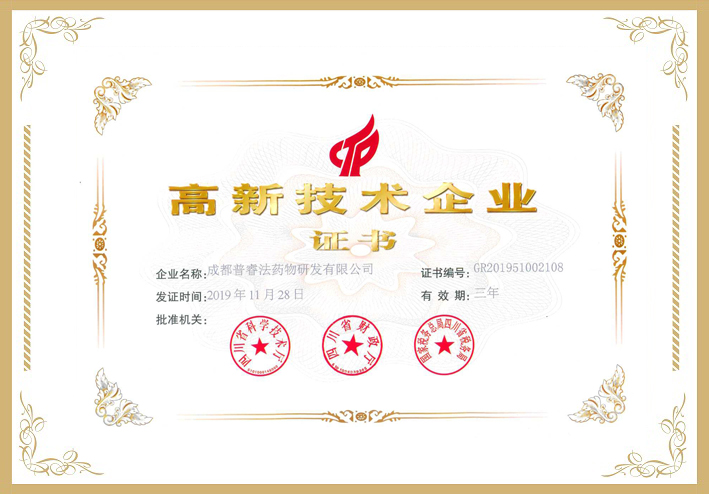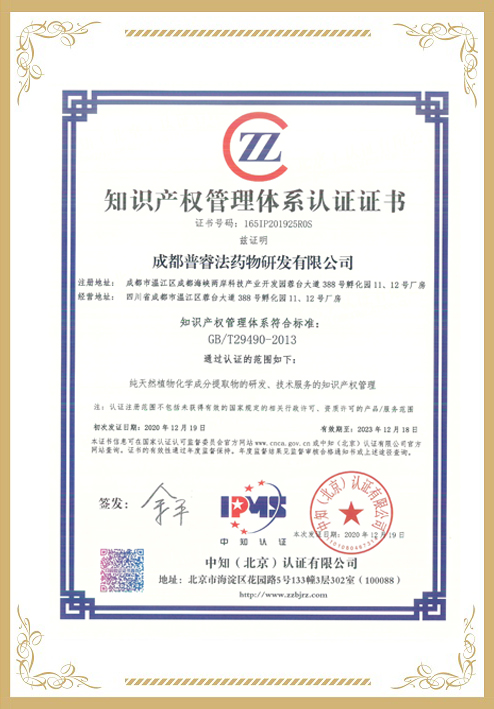Ethnopharmacological relevance: Prostatitis and benign prostatic hyperplasia (BPH) are inflammations of the prostate gland, which surrounds the urethra in males. Jinqiancao granules are a traditional Chinese medicine used to treat kidney stones and this medicine consists of four herbs: Desmodium styracifolium (Osbeck) Merr., Pyrrosia calvata (Baker) Ching, Plantago asiatica L. and stigma of Zea mays L.
Aim of the study: We hypothesized that Jinqiancao granules could be a potential therapy for prostatitis and BPH, and this work aimed to elucidate active compounds in Jinqiancao granules and their target mechanisms for the potential treatment of the two diseases.
Materials and methods: Jinqiancao granules were commercially available and purchased. Database-driven data mining and networking were utilized to establish a general correlation between Jinqiancao granules and the two diseases above. Ultra-performance liquid chromatography-mass spectrometry was used for compound separation and characterization. The characterized compounds were evaluated on four G-protein coupled receptors (GPCRs: GPR35, muscarinic acetylcholine receptor M3, alpha-1A adrenergic receptor α1A and cannabinoid receptor CB2). A dynamic mass redistribution technique was applied to evaluate compounds on four GPCRs. Nitric acid (NO) inhibition was tested on the macrophage cell line RAW264.7. Molecular docking was conducted on GPR35-active compounds and GPR35 crystal structure. Statistical analysis using GEO datasets was conducted.
Results: Seventy compounds were isolated and twelve showed GPCR activity. Three compounds showed potent GPR35 agonistic activity (EC50 < 10 μM) and the GPR35 agonism action of PAL-21 (Scutellarein) was reported for the first time. Docking results revealed that the GPR35-targeting compounds interacted at the key residues for the agonist-initiated activation of GPR35. Five compounds showed weak antagonistic activity on M3, which was confirmed to be a disease target by statistical analysis. Seventeen compounds showed NO inhibitory activity. Several compounds showed multi-target properties. An experiment-based network reflected a pharmacological relationship between Jinqiancao granules and the two diseases.
Conclusions: This study identified active compounds in Jinqiancao granules that have synergistic mechanisms, contributing to anti-inflammatory effects. The findings provide scientific evidence for the potential use of Jinqiancao granules as a treatment for prostatitis and BPH.























